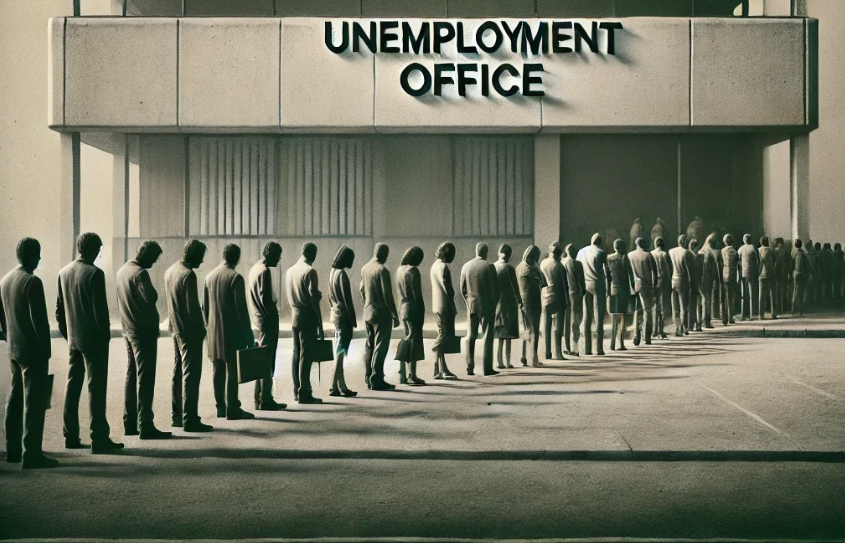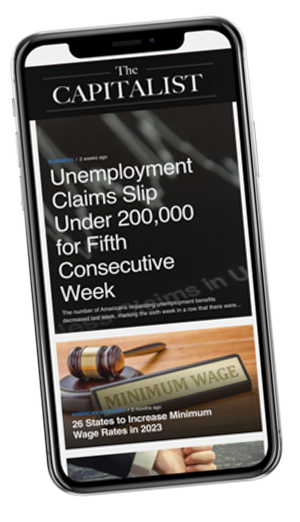News
Fed’s Powell Says Rising Unemployment More Worrisome Than Inflation

In a bold shift of priorities, Federal Reserve Chairman Jerome Powell has declared that rising unemployment is now the Fed’s biggest enemy, surpassing concerns about inflation. This strategic pivot signals significant changes in U.S. economic policy that could have profound implications for businesses, consumers, and the broader economy.
The Fed’s New Focus: Protecting the Labor Market
During a recent speech at the Fed’s summer retreat in Jackson Hole, Wyoming, Powell made it unequivocally clear that the Federal Reserve is prioritizing the labor market over inflation control. “We do not seek or welcome further cooling in labor-market conditions,” Powell stated, emphasizing the central bank’s commitment to preventing the unemployment rate from climbing further.
This declaration marks a departure from the Fed’s previous focus on combating high inflation rates, even at the risk of higher unemployment. Powell’s stance reflects a broader understanding that a strong labor market is crucial for sustained economic growth and societal well-being.
Rising Unemployment: A Growing Concern
The latest economic data underscores the validity of Powell’s concerns. As of July, the unemployment rate surged to 4.3%, a nearly three-year high, up from an exceptionally low 3.4% just eighteen months ago. This unexpected rise indicates that the labor market is beginning to soften, raising alarms about the potential for an economic slowdown.
Additional labor market indicators, such as job creation and job openings, have also shown signs of weakening. The government recently reported that the U.S. economy created 818,000 fewer jobs from spring 2023 to spring 2024 than previously estimated. These figures suggest that the robust job market of the past year may be cooling off, potentially signaling the onset of a broader economic downturn.
Shifting Monetary Policy: Lowering Interest Rates
In response to these developments, the Fed is poised to cut interest rates in September after maintaining them at a 24-year high for the past year to control inflation. With inflation gradually approaching the Fed’s 2% annual target, the central bank sees an opportunity to support economic growth by reducing borrowing costs. Lower interest rates can stimulate investment and consumer spending, potentially boosting hiring and preventing further increases in unemployment.
Powell reassured markets by stating, “The Fed has ample room to respond to any risks we may face, including the risk of unwelcome further weakening in labor-market conditions.” This flexibility underscores the Fed’s readiness to adjust its policies as needed to maintain economic stability.
Benefits of a Strong Labor Market
Powell has consistently highlighted the societal benefits of a strong labor market. Under his leadership, the Fed has focused on reducing unemployment rates among minorities and economically disadvantaged communities. He pointed out, “Low unemployment, high participation, historically low racial employment gaps, and, with inflation low and stable, healthy real wage gains that were increasingly concentrated among those with lower incomes” are key indicators of a healthy economy.
These improvements reflect Powell’s commitment to ensuring that economic gains are broadly shared, contributing to social equity and overall economic resilience.
Unusual Labor Market Dynamics
Powell noted that the current rise in unemployment is not driven by elevated layoffs or firings, which are typically indicative of an economic downturn. Instead, the increase appears to result from more individuals entering the labor force and a slowdown in the previously frenetic pace of hiring. This distinction is crucial, as it suggests that the labor market is not deteriorating in the traditional sense but is instead experiencing a natural adjustment.
Moreover, Powell highlighted that the labor market has not been a significant source of inflation, a departure from past scenarios where tight labor markets and rising wages fueled higher prices. This unusual dynamic provides the Fed with more leeway to lower interest rates without triggering runaway inflation.
Conclusion: Navigating Uncharted Waters
Jerome Powell’s declaration that rising unemployment is the Federal Reserve’s top priority marks a pivotal moment in U.S. economic policy. As the Fed shifts its focus from controlling inflation to safeguarding the labor market, the implications for the broader economy are significant. Businesses may experience changes in borrowing costs, consumers could see shifts in spending behavior, and investors will be closely monitoring the Fed’s next moves.
The coming months will be critical in determining whether this policy shift can successfully balance the dual mandate of maintaining low inflation and a strong labor market. Stakeholders across all sectors will need to stay informed and adaptable as the Federal Reserve navigates these uncharted economic waters.



